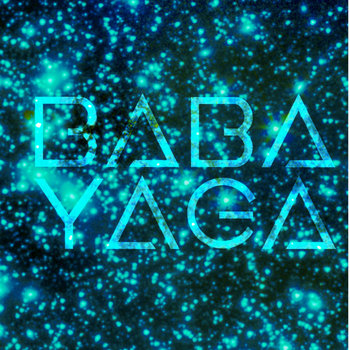
Hartmann's sudden death on 4 August 1873 from an aneurysm shook Mussorgsky along with others in Russia's art world. Golenishchev-Kutuzov wrote: " banner was held by Mussorgsky alone all the other members had left it and pursued his own path. The disintegration of The Mighty Handful and their failure to understand his artistic goals contributed to the isolation he experienced as an outsider in Saint Petersburg's musical establishment. Other circumstances conspired to dampen Mussorgsky's spirits. Mussorgsky's distant relative, friend, and roommate during this period, Arseniy Golenishchev-Kutuzov, describing the January 1874 premiere of the opera, remarked: "During the winter, there were, I think, nine performances, and each time the theatre was sold out, each time the public tumultuously called for Mussorgsky." The composer's victory, however, was overshadowed by the negative press he received from critics. The years 1873–74 are associated with the staging of Boris Godunov, the zenith of Mussorgsky's career as a composer-at least from the standpoint of public acclaim. Mussorgsky had abandoned the scene in his original 1869 version, but at the requests of Stasov and Hartmann, he reworked it for Act 3 in his revision of 1872. Stasov remarked that Hartmann loved Mussorgsky's compositions, and particularly liked the "Scene by the Fountain" in his opera Boris Godunov. In 1870, Mussorgsky dedicated the second song ("In the Corner") of the cycle The Nursery to Hartmann. According to Stasov's testimony, in 1868, Hartmann gave Mussorgsky two of the pictures that later formed the basis of Pictures at an Exhibition. They likely met in the home of the influential critic Vladimir Stasov, who followed both of their careers with interest. Both men were devoted to the cause of an intrinsically Russian art and quickly became friends. It was probably in 1868 that Mussorgsky first met Hartmann, not long after the latter's return to Russia from abroad. The composition is based on pictures by the artist, architect, and designer Viktor Hartmann. The composition has become a showpiece for virtuoso pianists, and became widely known from orchestrations and arrangements produced by other composers and contemporary musicians, with Maurice Ravel's 1922 adaptation for orchestra being the most recorded and performed. Each movement of the suite is based on an individual work, some of which are lost.

It is a musical depiction of a tour of an exhibition of works by architect and painter Viktor Hartmann put on at the Imperial Academy of Arts in Saint Petersburg, following his sudden death in the previous year.
#Baba yaga song plus#
Pictures at an Exhibition is a piano suite in ten movements, plus a recurring and varied Promenade theme, written in 1874 by Russian composer Modest Mussorgsky. Ten, plus a recurring, varied Promenade theme An exhibition of Viktor Hartmann's pictures


 0 kommentar(er)
0 kommentar(er)
